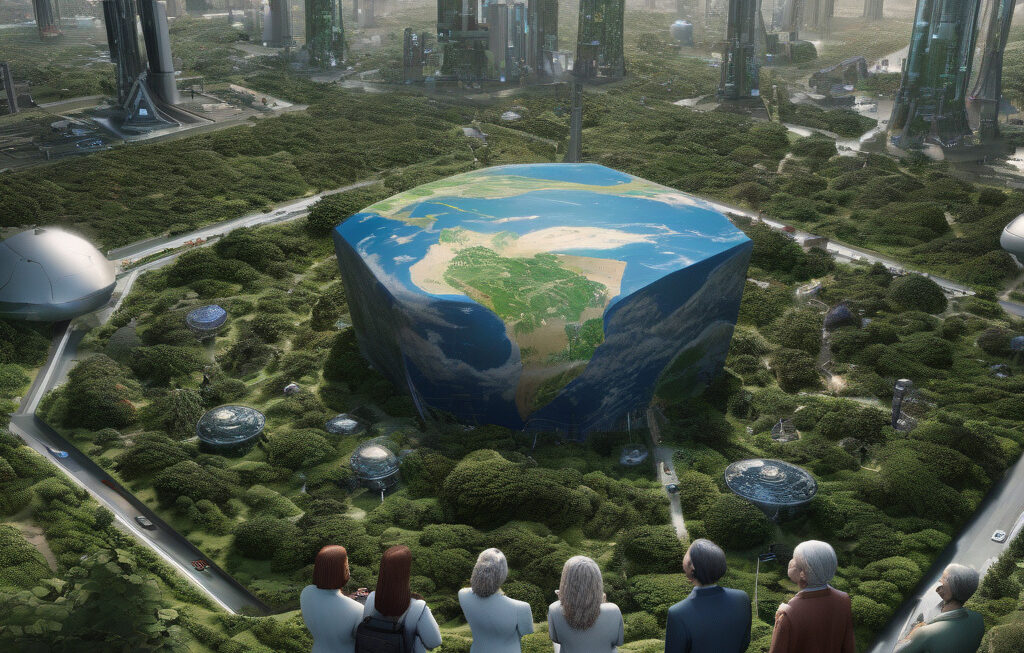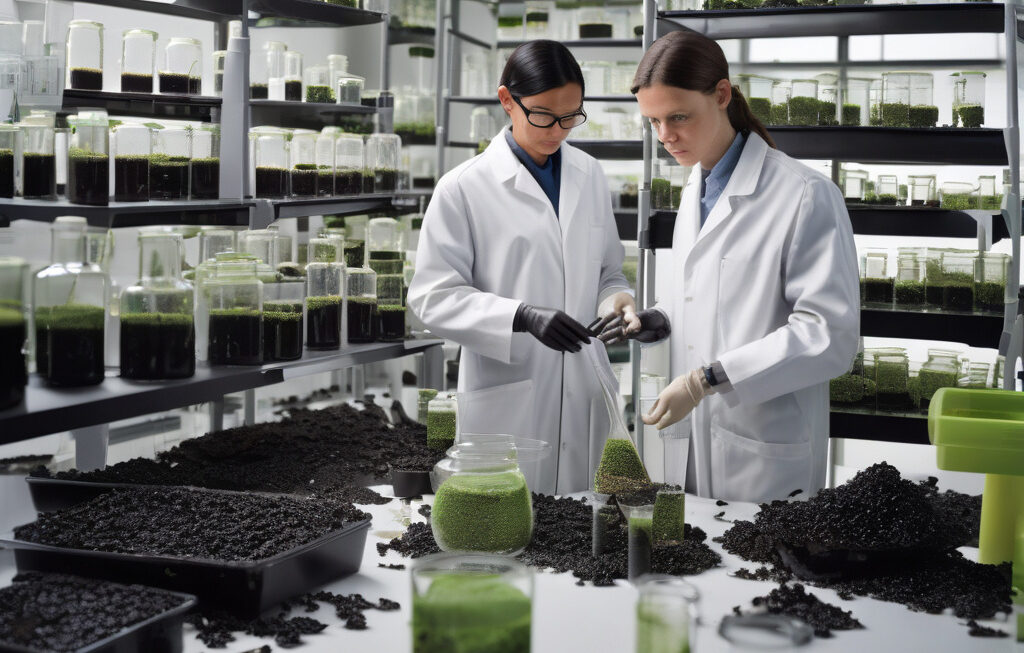Dust to cement: New Japan tech converts construction waste, glass into strong concrete
In a noteworthy development toward merging sustainability goals with civil engineering, Japanese researchers have invented a groundbreaking technology that transforms construction waste and glass into durable concrete. This innovative method not only addresses the issue of waste management but also contributes to the construction industry’s shift towards eco-friendly practices.
The traditional production of concrete involves the extensive use of natural resources such as sand and gravel, leading to environmental degradation and depletion of these essential materials. However, the new technology developed in Japan offers a sustainable solution by utilizing construction waste and glass particles as key components in the concrete mix. This not only reduces the reliance on natural resources but also minimizes the amount of waste that ends up in landfills.
One of the key advantages of this new technology is the superior strength and durability of the concrete produced. By incorporating construction waste and glass, which are known to have high tensile strength, the resulting concrete is not only environmentally friendly but also offers enhanced performance characteristics. This makes it suitable for a wide range of construction applications, from buildings to infrastructure projects, where strength and durability are paramount.
Moreover, the use of construction waste and glass in concrete production significantly reduces the carbon footprint of the construction industry. Traditional concrete production is a major source of carbon emissions due to the energy-intensive processes involved in extracting and processing raw materials. By reusing waste materials in concrete production, this new technology helps to lower carbon emissions and mitigate the environmental impact of construction activities.
The adoption of this innovative technology is a significant step towards achieving sustainable development goals in the construction sector. By promoting the circular economy model, where waste is repurposed and reused in production processes, the industry can reduce its reliance on finite resources and minimize waste generation. This not only benefits the environment but also creates new opportunities for innovation and technological advancement in construction practices.
In addition to its environmental benefits, the use of recycled materials in concrete production can also lead to cost savings for construction companies. By utilizing waste materials that are often available at minimal or no cost, construction projects can reduce their material expenses and improve overall cost-efficiency. This makes sustainable concrete production not only environmentally friendly but also economically viable for the construction industry.
As the demand for sustainable construction practices continues to grow globally, innovative technologies like the one developed in Japan are poised to revolutionize the way we build our cities and infrastructure. By harnessing the potential of waste materials and transforming them into valuable resources, we can create a more sustainable and resilient built environment for future generations to come.
In conclusion, the conversion of construction waste and glass into strong concrete represents a significant advancement in sustainable construction practices. By reimagining waste as a valuable resource and incorporating it into concrete production, this technology offers a promising solution to the environmental challenges facing the construction industry. As we strive towards a more sustainable future, embracing innovative technologies like this will be crucial in shaping a built environment that is both environmentally conscious and resilient.
sustainability, construction, innovation, Japan, concrete












